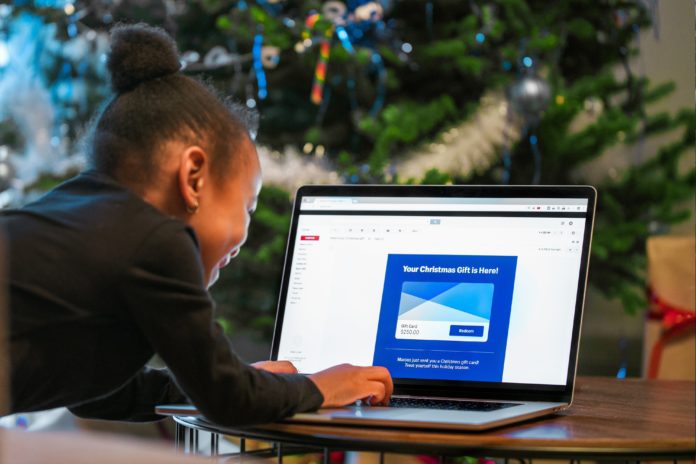Email marketing is a very effective strategy, especially if you want to spread awareness regarding your brand. Newsletters have a 23.4% open rate and a 1% conversion rate. Impactful newsletters can keep your audiences engaged and lead to meaningful conversions.
But not all email newsletters are effective. Some emails remain unopened and some are opened but lead to no conversions.
This article provides 7 tips on how to create great newsletters that provide concrete results.
1. Understand Your Audience
If you don’t understand your audience, you won’t be able to create content suitable for them. Before embarking on any marketing campaign, take the time to research your customers.
Engage with them on social media, develop a buyer persona based on industry research, understand their requirements and preferences, etc. If you understand your audience, it will be easier to create content specifically tailored for them.
2. Determine What Kind of Newsletter You Want to Send
Your email/newsletter marketing strategy should be streamlined and focused. It won’t do to create newsletters that are scattered and chaotic, without any specific purpose.
After you have completed your audience research, work on understanding the focus of your campaign. We encourage you to look at the following points:
- What do you want to achieve from the newsletter? Do you want to promote a specific project? Inform your audience? Keep them engaged? Bring them to your website?
- What kind of content do your target audiences need? When you give them what they want, the newsletter campaign will be more successful.
- What kinds of newsletters get the largest amount of engagement? Getting this information can help with future campaigns. Study the response to your past email marketing campaigns and plan accordingly.
This will help you understand what kind of newsletters you want to send.
These first two points set up the foundation for your email/newsletter marketing campaign.
3. Nail the Subject Line
The subject line is one of the most influential aspects of the email marketing campaign. 35% of audiences open an email based on the subject line. If the subject line is accurate or appealing, people just won’t open the email.
It’s not difficult to create a great subject line for your newsletter campaign. Here’s a look at what you can do:
- Keep under 50 characters so people can read the entire subject line. Longer subject lines will be truncated and people won’t be able to read the entire line. This can affect the email open rates.
- Ensure the subject line is relevant and informative. While it is a good idea to create an aura of mystery with vague subject lines, you should ensure there’s still enough information in the line to connect to the content.
- Be specific and detailed while writing the subject line. Details will awaken the reader’s curiosity and compel them to open the email.
- Create a sense of urgency through the email subject line. That will bypass the reader’s initial hesitation and encourage them to open the email.
These tactics can help ensure your email has higher open rates. Without good open rates, you won’t have a successful email/newsletter campaign.
4. Make Sure Your Newsletter has a Singular Focus
Your target audiences have a limited attention span. The general reading attention span is around five minutes. They won’t bother with newsletters that require too much time or effort to understand.
Great newsletters have a singular focus. You need to choose a topic and stick with it for good results. Here’s a look at some examples:
- A holiday newsletter will only include holiday greetings and products relevant to the holiday season.
- An informative newsletter won’t include promotional content like discounts, sales announcements, and links to product pages.
- A purely promotional newsletter focused on one product won’t include information about another product unless they are completely related.
A newsletter without a singular focus can overwhelm your audience. This can lead to a drop-in sales and lower ROI.
5. Keep the Design Clean and Minimalist
As mentioned before, people have a limited attention span. It is important to ensure their focus remains on the most important part of the letter. A cluttered design with too many details can be very distracting. If the newsletter design is too busy, people won’t be able to focus on the most relevant aspects of the mail.
Keep the newsletter design clean and minimalistic. It is also a good idea to ensure your content is straightforward and minimalist. Newsletters aren’t like long-form blog posts. They need to be short and to the point to yield effective results.
6. Provide Value
Your newsletter campaign will fail if you don’t provide any value to the audience. Most people will not even open your emails and will quickly unsubscribe if the newsletters don’t help them in some way.
That’s why it is a good idea to divide your newsletter campaign into distinct parts. Make sure you have promotional campaigns, informative campaigns, pure engagement campaigns, etc.
This can help ensure your audiences get some variation in content. They won’t become bored and will gain value from your campaign.
7. Experiment with Different Content Formats
As mentioned above, variation is key. That’s why it is important to experiment with different forms of content as well.
Most newsletter campaigns include image-heavy HTML emails. While these are effective, they aren’t your only resource. Here are some other options you can experiment with:
- Infographics
- Plain text
- Videos and tutorials
- Podcasts
- Whitepapers
- Interviews and surveys
These are just some of the many content formats available to you. Most marketers focus on HTML pages and ignore things like plain text. Plain text is a great format because it adds a more personal touch. You can use this format for personal newsletters like birthday and anniversary greetings.
All types of content formats provide some form of value, which is why you shouldn’t hesitate to experiment with them.
Aside from these tips, you should also keep an eye on the grammar and choose topics wisely. Test every newsletter copy carefully. It is also a good idea to time your emails carefully. You’ll have a higher chance of success if you reach your audience at the right time.




































